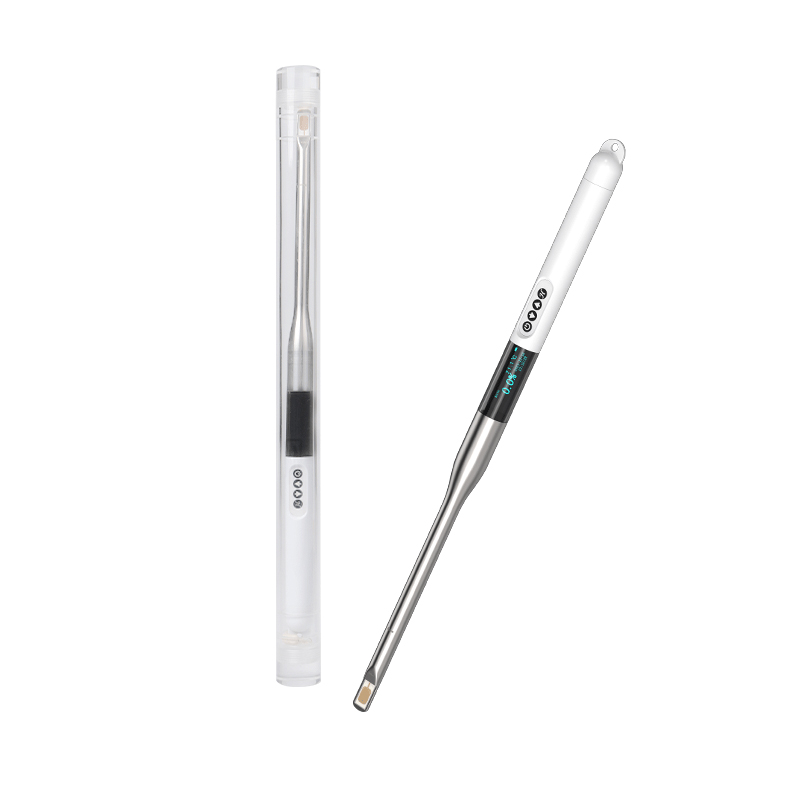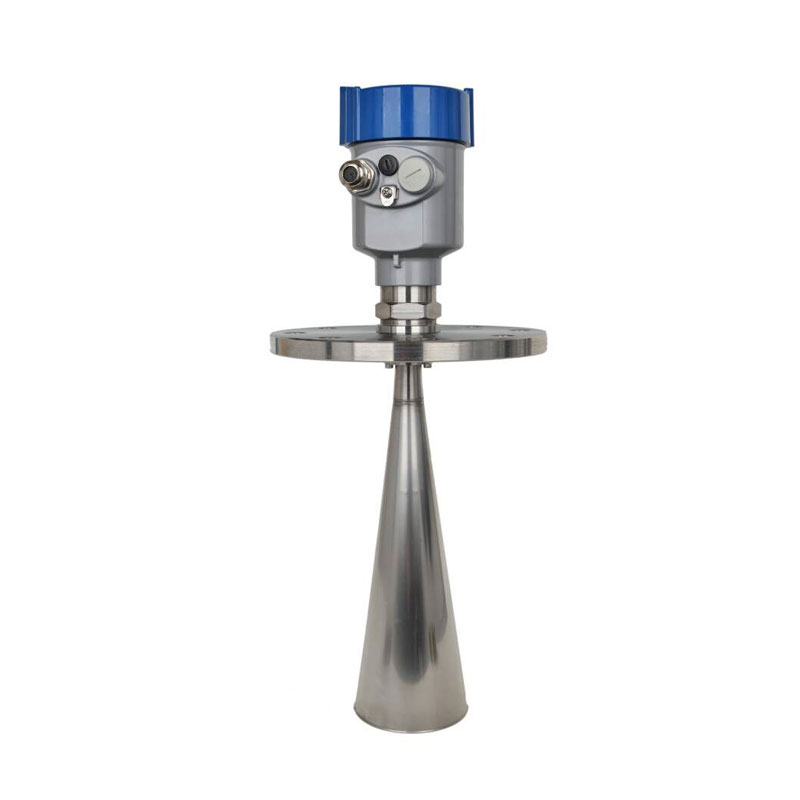Hydraulic flow velocity measurement is a crucial foundation for water resources management, playing a vital role in flood control and drought relief, water resource management, and hydraulic planning. Traditional flow velocity measurement methods require personnel to work directly at the water surface, facing numerous safety risks.
In contrast, modern hydrological surveys increasingly adopt new technologies to achieve rapid flow measurement under various working conditions, effectively alleviating challenges posed by insufficient staff, increasing monitoring sites, and heavy workloads.
Measuring hydraulic flow velocity must adhere to the principles of "precise positioning, scientific point selection, and standardized operation." Professional instruments are used to capture water flow movement trajectories, which are then converted into actual flow velocity values.
Common hydraulic flow velocity measurement instruments are mainly divided into two categories: traditional instruments and modern portable instruments. Traditional instruments include rotating propeller current meters and float method measurement tools. The rotating propeller current meter requires submerging the sensor into the water; the flow velocity is calculated based on the frequency at which the water flow pushes the propeller to rotate. It is suitable for rivers with deeper water and stable flow but involves cumbersome operation and is significantly affected by underwater obstacles. The float method, while low-cost, only requires calculating velocity from the float's drift distance and time, but it has low accuracy, is easily interfered with by wind and water eddies, and is only suitable for rough estimates.
In modern measurement, the hand-held radar current meter has become a mainstream choice due to its compact size, handheld operation, battery power, and ease of use. It is not susceptible to corrosion from polluted water or interference from sediment, and it enables non-contact measurement within a 100-meter range, ensuring the safety of the operator.
The instrument weighs less than 1 kg, is equipped with a non-slip grip and a high-definition LCD screen, and allows a single person to complete the measurement task. It can also be mounted on a tripod. During measurement, the operator simply aims the instrument at the central area of the water flow from a safe location such as the riverbank or a bridge, adjusts the emission angle to 24°x12°, and presses the measurement button. Real-time flow velocity data is displayed within seconds. It supports continuous measurement and data storage, capable of recording nearly ten thousand measurement results, facilitating subsequent data export and analysis.
The FT-LS5+ hand-held radar current meter eliminates the need for entering the water for installation, avoiding the safety risks associated with underwater operations. It also significantly reduces measurement time and improves monitoring efficiency. It is now widely used for flow velocity measurement in various hydrological scenarios such as rivers, reservoirs, lakes, and irrigation districts, becoming a powerful assistant for hydrological monitoring personnel.

This paper addresses:https://www.fengtusz.com/industry/880.html









